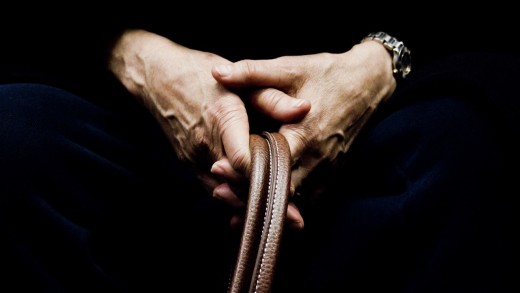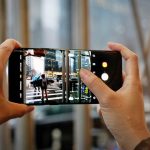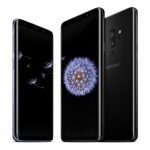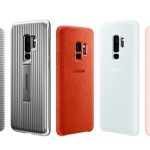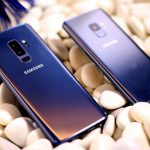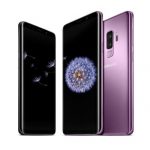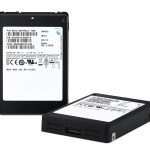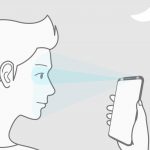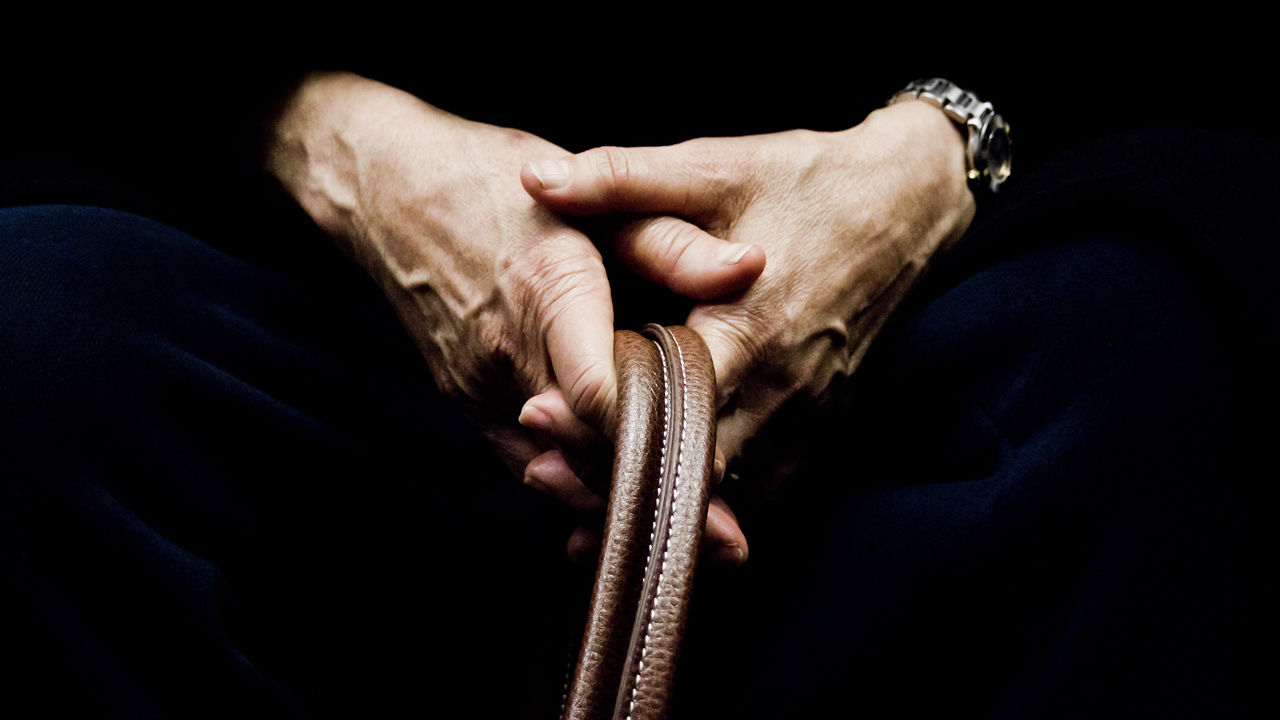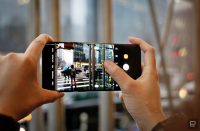This Samsung Patent Lets Smartwatches recognize You by using Your Veins
The authentication know-how could ultimately let Samsung smartwatches act as a key to things like vehicles, doorways, and subways.
February four, 2016
A newly published Samsung patent describes a wrist-wearable sensor that reads the wearer’s veins. No, to not tell their fortune, but to ascertain their identification.
The sensor takes a picture of the user’s vein structure and traits, then compares it to a vein image in its reminiscence that it knows belongs to the person. The sensor may additionally observe the user’s pulse charge, which is also distinctive from individual to individual.
in line with the patent illustrations, the digital camera sensor (and two gentle sources on both aspect of it) could be established on the ahead fringe of a smartwatch. it might then scan a neighborhood on the again of the person’s hand to report the construction of the veins.
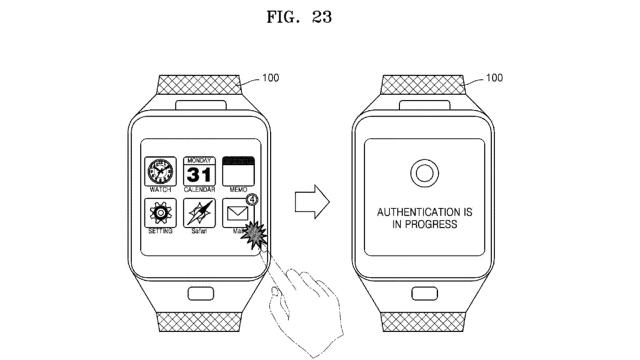
as soon as positive identification is based, the patent says, the instrument might display what it is aware of to be the user’s private music playlists, contact lists, and ringtones after it recognizes who’s carrying the device. but which is not very helpful given that wearables have only one wearer (individuals don’t normally share smartwatches); the device could just store one set of person preferences.
The expertise could be very useful, on the other hand, for authenticating the wearer to access high-security things like cars or hotel room doors. In these cases, the wearable device is acting like a key, and the tools being accessed wish to ensure that the wearer is who she says she is.

This “authentication” idea, or the idea that one’s wrist wearable acts as their key to all sorts of secure property and services, is one of the great untapped potentials of the smartwatch. in the future, the technology used for enabling wearable devices to do stable cell funds will likely be used to stable user get admission to to the whole thing from subway techniques to storage doors to financial institution debts.
These use circumstances would possibly start to appear in wearable devices as they mature and change into connected to fast mobile networks, and as they become extra impartial of paired smartphones.
know-how proven in patents continuously doesn’t get productized. however this technology addresses a use case that is going to be vital very soon.
(24)

